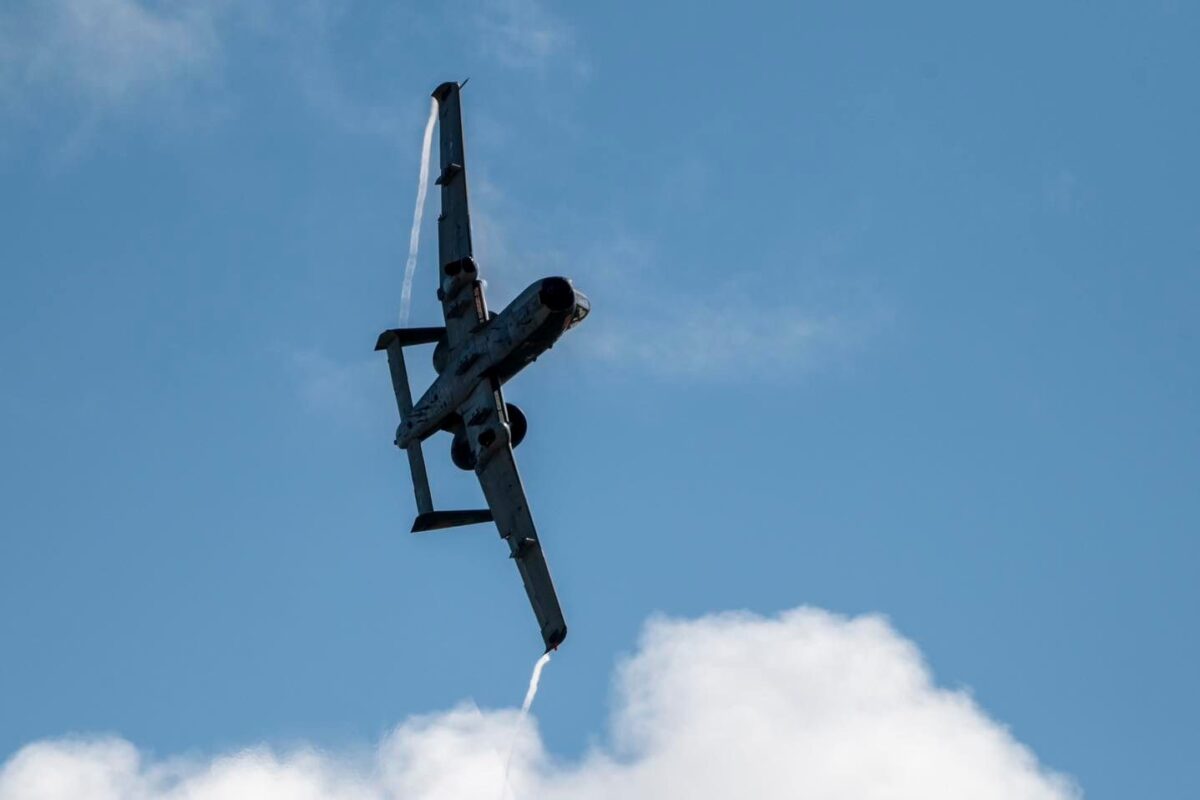The A-10C Thunderbolt II Demonstration Team took to the skies for one final performance, marking the end of an era for the iconic aircraft.
The flight occurred on November 10, 2024, at the Stuart Air Show in Witham Field (SUA), Florida, as part of the Veterans Day Weekend celebrations.
“We want to extend a huge thank you to everyone who supported us and everyone who came out to watch an amazing airframe, pilot, and team, perform for you at 1800 shows across 10 countries over the course of more than 40 years,” the A-10C Thunderbolt II Demonstration Team expressed in a statement.
Earlier this year, in March 2024, the team announced its retirement as part of the broader plan to phase out the A-10C Thunderbolt II from active service.
The retirement process began on February 12, 2024, when the 354th Fighter Squadron sent one of its A-10C aircraft, tail number 82-648, to the 309th Aerospace Maintenance and Regeneration Group (AMARG), commonly known as the Boneyard, at Davis-Monthan Air Force Base. The gradual drawdown of the fleet is expected to take place over the next three to five years.

Why is the A-10 Thunderbolt II being retired?
The A-10 Thunderbolt II, commonly known as the “Warthog,” has had a distinguished career since its introduction in the 1970s. It has established a solid reputation as a key asset for close air support missions within the United States Air Force (USAF).
Originally designed to target Soviet-made tanks, the A-10 proved useful in post-Cold War conflicts such as the Gulf War, Iraq, and Afghanistan. Its rugged design, survivability, and ability to loiter over battlefields made it highly valued by ground forces.
Its retirement reflects the USAF’s need to address challenges in highly contested environments and enhance readiness against near-peer adversaries. While the A-10’s close air support capabilities have been celebrated for decades in asymmetric warfare, its design and technology are increasingly at odds with the demands of modern combat.
These shortcomings become particularly evident in scenarios where establishing air superiority is more challenging, and adversaries field robust anti-air defenses. To counter these evolving threats, the USAF is prioritizing platforms like the F-35 Lightning II, which are deemed better equipped to operate in contested environments.

